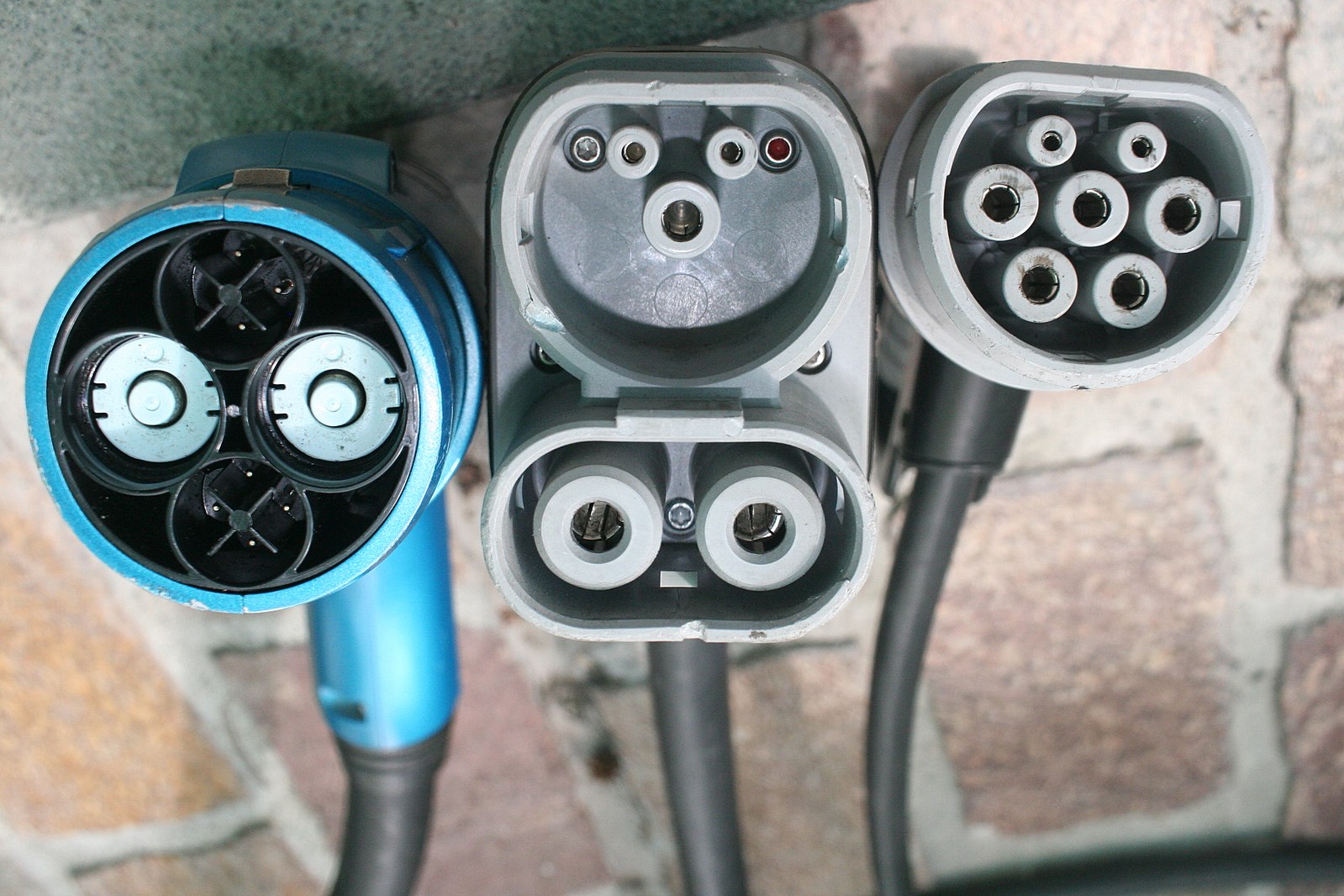If you’re coming from an internal combustion vehicle, it might help to think of the different charging options as different types of fuel. Some of which will work for your vehicle, some of which won’t. Using EV charging systems is often far easier than it sounds and largely boils down to finding a charge point that has a connector compatible with your vehicle and picking the highest compatible power output to ensure charging is as fast as possible. One such connector is CHAdeMO.

Who
CHAdeMO is one of a selection of rapid charging standards which was created by a consortium of carmakers and industry bodies that now includes more than 400 members and 50 charging companies.
Its name stands for Charge de Move, which is also the name of the consortium. The goal of the consortium was to develop a fast-charging vehicle standard that the whole automotive industry could adopt. Other fast-charging standards exist, like CCS (pictured above).
What
As mentioned, CHAdeMO is a rapid charging standard, meaning it can supply a vehicle’s battery with anywhere between 6Kw to 150Kw, at the moment. As electric vehicle batteries develop and can be charged at higher powers, we can expect CHAdeMO to improve its peak power capacity.
In fact, earlier this year, CHAdeMO announced its 3.0 standard, which is capable of delivering up to 500Kw of power. In simple terms, it means very high-capacity batteries can be charged in a relatively short period of time.
The charging ports on a 2018 Nissan Leaf. The right connector is a standard Type 2 system. The left connector is the CHAdeMO port. Type 2 is used to charge on home-based wall units and can be connected directly to mains electricity if there is no other option. It charges slower than CHAdeMO but is a little more compatible if there are no DC chargers around.
Given that n>CHAdeMO was set up by a predominantly Japanese group of industry organizations, the connector is quite common on Japanese vehicles like Nissan’s Leaf and e-NV200, the Mitsubishi Outlander plug-in hybrid, and the Toyota Prius plug-inan> hybrid. But it’s also found on other popular EVs like the Kia Soul.
Charging a 40KwH Nissan Leaf on a CHAdeMO unit at 50Kw could charge the vehicle in less than an hour. In reality, you never should charge an EV like this, but if you’re popping to the shops or at a motorway service station for half an hour, it’s enough time to add a significant amount of range.
Post time: May-02-2021





